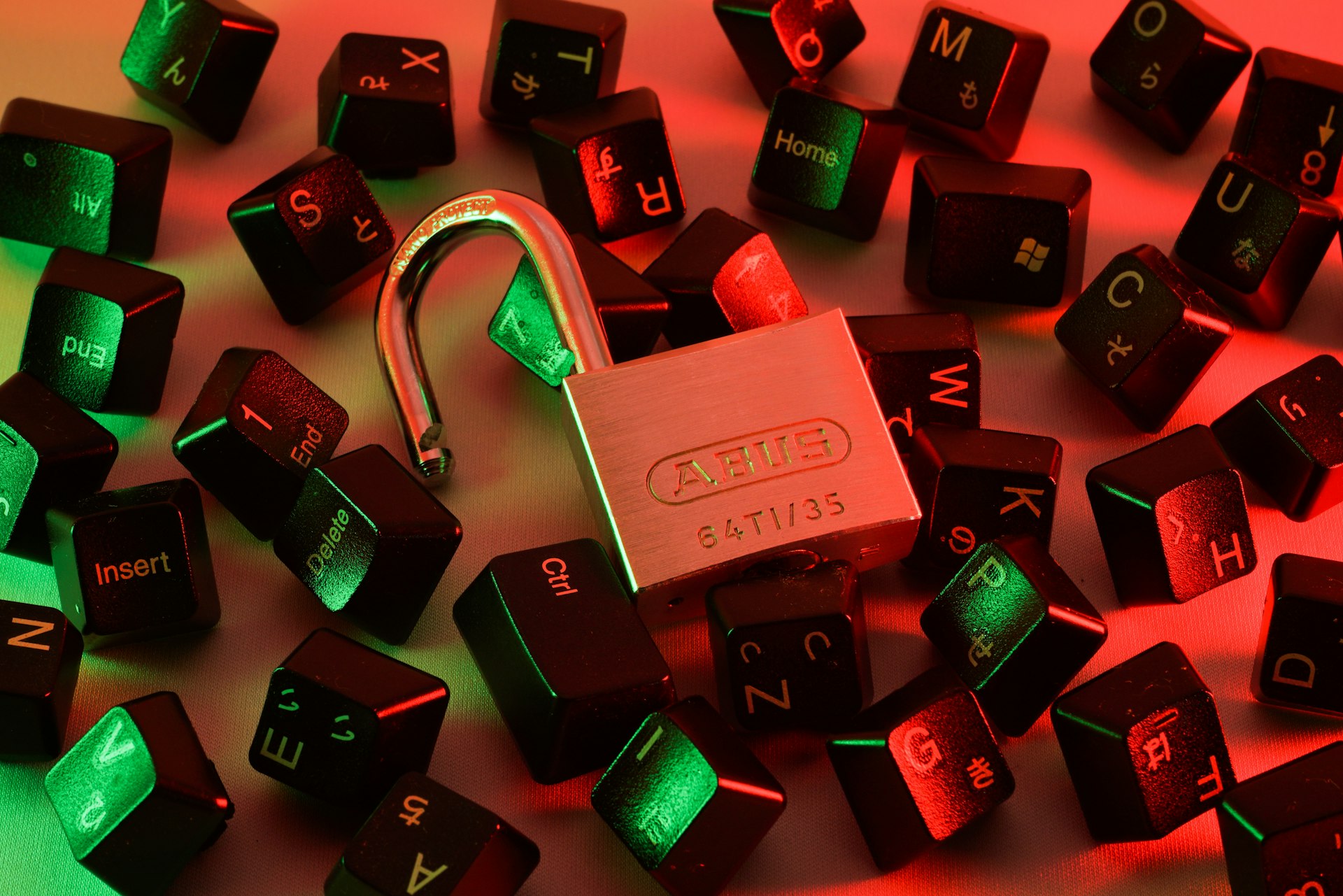Microtransactions in Gaming: Navigating Controversy and Community Pushback

Photo by Studio Black on Unsplash
Introduction: The Rise and Controversy of Microtransactions
Microtransactions-small, in-game purchases for virtual goods-have dramatically reshaped the gaming industry’s business model, generating billions in revenue for publishers and enabling new forms of gameplay customization and progression. However, this shift has also led to widespread gamer backlash, with criticism focused on perceived manipulation, disrupted game balance, aggressive advertising, and concerns about fairness [1] . Understanding these dynamics is essential for both industry professionals and players seeking to navigate the evolving landscape of digital entertainment.
Understanding Microtransactions: Benefits and Criticisms
Microtransactions allow players to purchase cosmetic items, character upgrades, or expedited progress, often in both free-to-play and premium games. For publishers, this model has proven extremely lucrative; for example, Ubisoft’s Assassin’s Creed Valhalla generated over $1 billion, largely due to microtransactions [3] . Proponents argue that microtransactions offer players choice and personalization, letting users tailor their gaming experience as they see fit.

Photo by Anton Shuvalov on Unsplash
Yet, major criticisms persist. Studies show that games often introduce artificial friction points-deliberate obstacles designed to encourage spending. Research from the Consumer Gaming Research Initiative found that free-to-play mobile games typically include 7-12 such pain points, and progression for non-paying players may be slowed by factors of four to six compared to traditional game design [1] . Content segmentation is another concern, with up to 40% of visual game assets reserved for post-launch monetization.
Recent Backlash: Case Studies and Community Response
Recent examples illustrate the scale and intensity of gamer backlash:
Call of Duty: Black Ops 6 and Warzone
In June 2025, Activision introduced in-game advertisements for weapon bundles directly into essential loadout menus, sparking fierce criticism. Players, who had already paid a premium price for the base game, felt betrayed by what they saw as double-dipping: paying upfront, then being forced to view recurring ads for additional purchases [2] . The community responded quickly, voicing concerns that the experience felt more like a mobile game than a high-end console release.
Ubisoft’s Monetization in Single-Player Titles
Ubisoft’s practice of selling XP boosts and cosmetic upgrades in single-player games like Assassin’s Creed Valhalla has also triggered substantial backlash. Many players argue that such monetization undermines traditional gameplay progression and enjoyment, especially when added to full-priced premium games. Ubisoft maintains that these options enhance personalization and fun, but the community remains skeptical, and social media criticism is common [3] .
Splitgate 2: Community-Driven Change
Splitgate 2’s launch in June 2025 was marred by controversy over high-priced skin bundles, initially costing up to $40. After significant community pushback, developers responded by reducing prices and issuing refunds to players who had purchased at the original rates. This responsiveness earned praise and demonstrated the power of community feedback in shaping monetization policies [4] .
Regulatory and Legal Developments
Growing concern over microtransactions, especially those targeting children, has prompted regulatory scrutiny. In 2025, U.S. Senator Josh Hawley announced plans to introduce federal legislation banning loot boxes and similar microtransaction mechanisms in video games [5] . The bill targets practices deemed addictive or exploitative, particularly those encouraging minors to spend money for randomized rewards.
While some industry experts warn that such regulation could set a precedent for broader government intervention in online transactions, others argue it’s necessary to protect consumers and restore game design integrity. To stay current on legal developments, you can monitor official government websites such as the U.S. Senate and Federal Trade Commission by searching for ‘video game microtransaction regulation’ or ‘loot box legislation’.
Practical Guidance: Navigating Microtransactions as a Gamer
For gamers concerned about microtransactions and aggressive monetization, several strategies can help minimize negative experiences:
- Research Before Purchase: Read recent reviews, community forums, and official game documentation to understand the extent of microtransactions. Sites like IGN, GameSpot, and Reddit’s r/games often provide up-to-date information on monetization practices.
- Monitor Spending: Set strict budgets for in-game purchases. Many platforms, including Steam and PlayStation Network, offer parental controls and spending limits to help manage costs.
- Engage with Developers: Participate in community discussions and feedback opportunities. As seen with Splitgate 2, collective action can lead to positive changes in pricing and refund policies.
- Stay Informed about Legislation: Track regulatory updates by searching official U.S. government channels for ‘video game microtransaction laws.’
If you encounter microtransaction models you find unfair or intrusive, consider contacting the publisher directly through verified support channels. Most major studios provide official support emails or contact forms on their websites-search for ‘[Game Name] customer support’ to locate the appropriate page.
For Publishers: Best Practices and Alternatives
Publishers seeking to monetize responsibly should consider the following approaches:
- Transparency: Clearly disclose all microtransaction mechanics and costs upfront. Provide cost breakdowns in official documentation and storefronts.
- Balanced Design: Avoid creating artificial friction points solely to drive purchases. Focus on enhancing gameplay rather than hindering progress for non-paying players.
- Community Engagement: Actively solicit and respond to player feedback. As demonstrated by Splitgate 2, adapting to community sentiment can improve long-term success.
- Alternative Monetization Models: Consider optional battle passes, cosmetic-only purchases, or expansions that add meaningful content.
Publishers can review recent case studies and best practices by consulting reports from industry organizations such as the Entertainment Software Association and International Game Developers Association. Search for ‘ESA microtransaction guidelines’ or ‘IGDA ethical monetization’ for authoritative resources.
Key Takeaways and Next Steps
Microtransactions are now a central feature of the gaming economy, but their implementation remains highly controversial. Player backlash can be swift and significant, especially when monetization is perceived as intrusive, unfair, or manipulative. Both gamers and publishers must stay informed, engage in open dialogue, and pursue responsible practices to ensure the long-term health of the industry.
For further research or guidance, search for official support channels, consumer advocacy groups (such as the Better Business Bureau), and legal updates from U.S. government agencies. Staying proactive and educated is the best way to navigate the complex world of microtransactions and protect your interests as a gamer or industry professional.
References
- [1] AppSamurai (2025). What are Microtransactions? The Complete Guide.
- [2] Strafe (2025). Microtransactions in Call of Duty: New Ad Practices Stir Player Backlash.
- [3] GameRant (2025). Ubisoft Says Microtransactions ‘Make the Player Experience More Fun’.
- [4] Sportskeeda (2025). Splitgate 2 microtransaction controversy explained.
- [5] Konvoy Ventures (2025). Federal Ban on Microtransactions.



